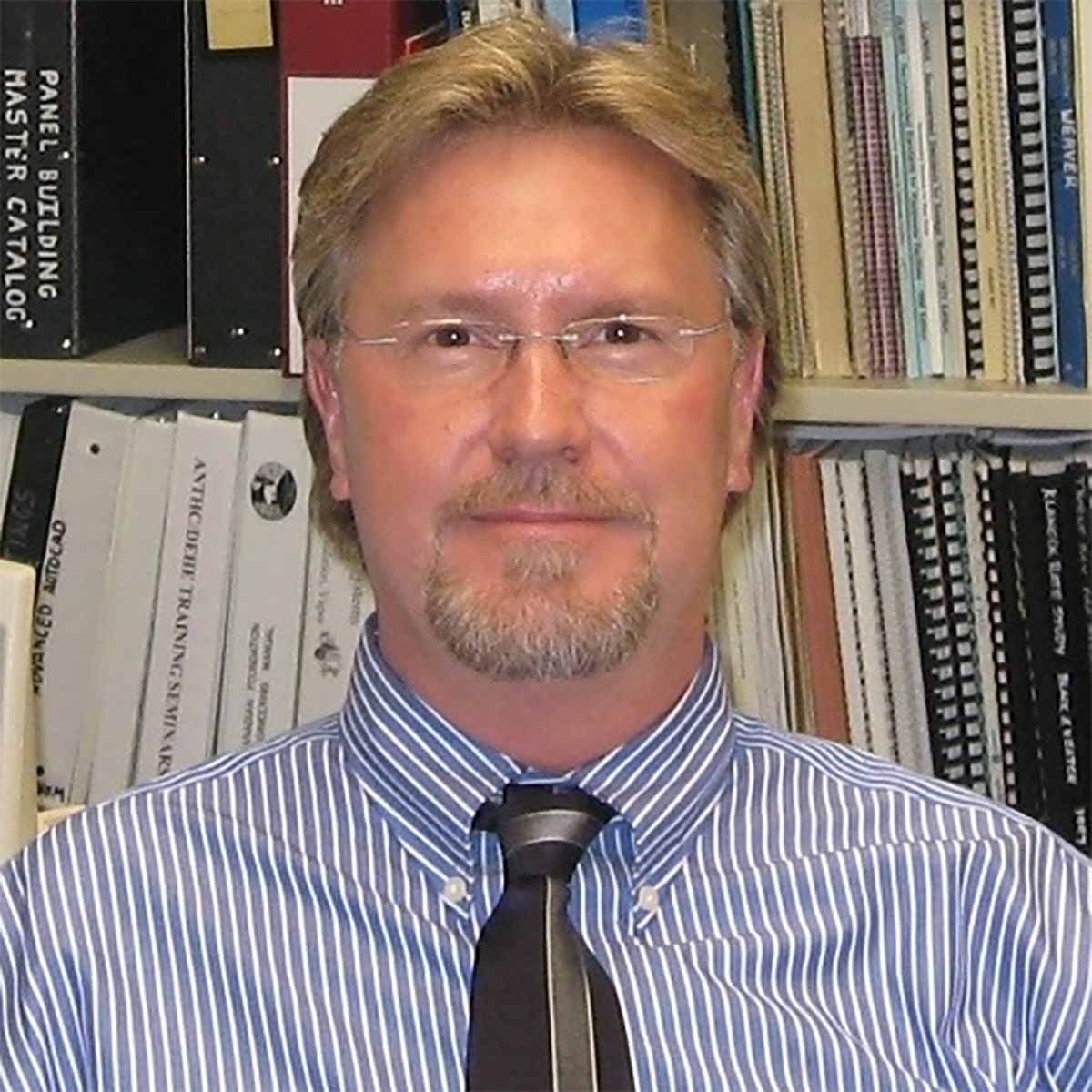Solving sanitation issues in the Arctic

When the White House asked what the Alaska Native Tribal Health Consortium (ANTHC) had been doing to address climate change, the organization pointed to several ongoing initiatives, including its network of local environmental observers, its Center for Climate and Health and an environmental atlas ANTHC engineers can use to project future changes to the climate. But the project that really piqued the interest of White House representatives was based in a tiny village that sits on a barrier island only slightly above sea level.
“What we were doing to address health and sanitation in Kivalina – that really grabbed their imagination,” says CIRI shareholder John Warren Jr., director of engineering services at ANTHC. He was invited to speak at this year’s Global Leadership in the Arctic: Cooperation, Innovation, Engagement and Resilience (GLACIER) conference, held in Anchorage on Aug. 31 during President Obama’s visit.
Born and raised in Alaska, Warren earned his civil engineering degree from the University of Arkansas at Fayetteville, then returned home to put his knowledge to work for the people he cared about. “I’m passionate about helping the Alaska Native people,” he says. It’s a quality that runs in his family. His daughter, now in medical school with help from The CIRI Foundation scholarships, chose to do her research on the effects of iq’mik, or punk ash tobacco, on Native communities. And his sister, Charmaine Forbes, assisted CIRI shareholders and their families during her many years of managing CIRI’s Shareholder Relations Department. “We get a certain satisfaction out of doing something meaningful,” Warren explains.
So when a series of ANTHC climate impact studies in 2008 revealed that sanitation was a serious issue in Kivalina, Warren was moved to do something about the situation.
“As an engineer, I couldn’t look the other way,” Warren says. But there was a significant hurdle to get over first: Already impacted by flooding and erosion, Kivalina residents had elected to relocate. “So the funding agencies basically said, ‘We’re not putting any money into this community.’ So do you just give up and say, I can’t do anything?”
Not if you’re John Warren. He saw three sanitation issues he could address in Kivalina. First, he wanted to provide clean drinking water to residents, who typically collected snow and rainwater but had no way to treat the water so it was safe to drink. Residents also had to haul their own bags of waste to a landfill, where animals and birds could break the bags and spread the waste. In the winter, many residents would store bags outside, where they would freeze until spring, at which point the bags would sometimes break and contaminate puddles. Finally, bucket latrines, wash basins and poor ventilation inside homes were all contributing to the spread of disease and infection.
Warren and his team devised an elegant solution that also drew the interest of funding agencies. They created a home-based unit that includes a rainwater collection and water treatment system, storage tank, low-flow faucet, ventilation fan, waterless urinal and a separating toilet that isolates liquid waste from solid waste.
“We could put this thing together as a module and drop it right into the house,” Warren says. The mobility of the unit means that Kivalina residents can easily take it with them when they relocate.
Having demonstrated the potential for such a system, Warren managed to get additional funding from ANTHC’s Strategic Initiatives, the U.S. Department of Health and Human Services’ Indian Health Service agency and other partners to install units in nine Kivalina homes this summer as part of a demonstration project.
“It took six weeks for installation, which is pretty phenomenal,” he says. The module is compact, taking up very little space in already small homes, it’s inexpensive to operate and it’s significantly improving the health of those families who use it. Based on the success of the demonstration project, Warren hopes more homes will be fitted with modules soon.
“The plan was to do something meaningful and not let it take a lifetime to address the needs of this community,” he says.



